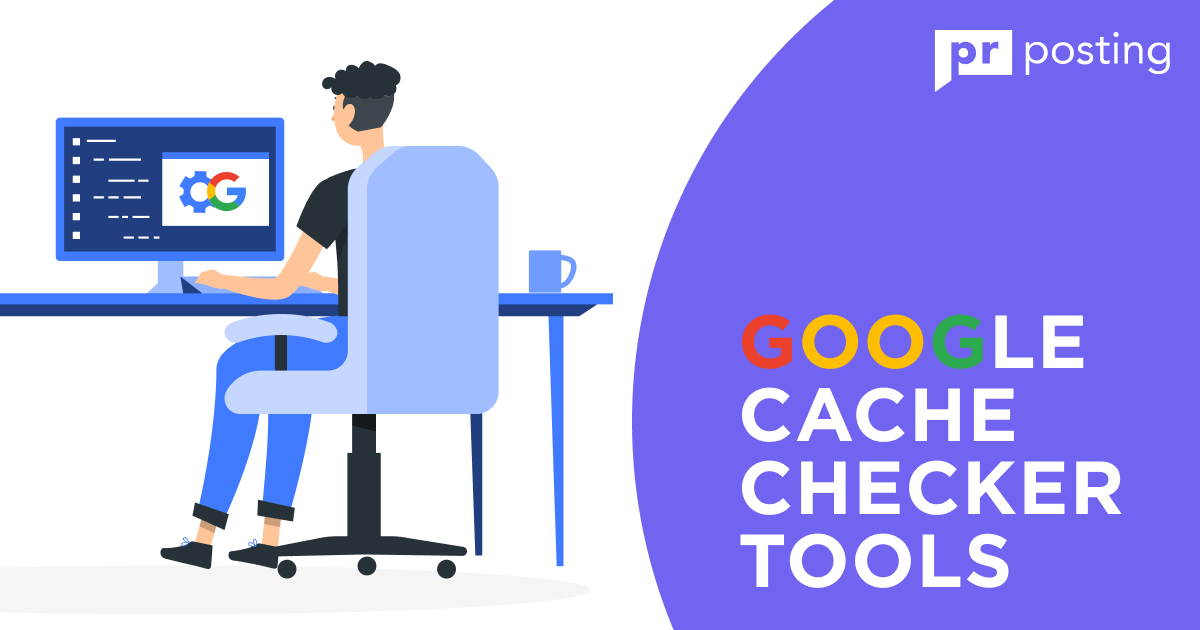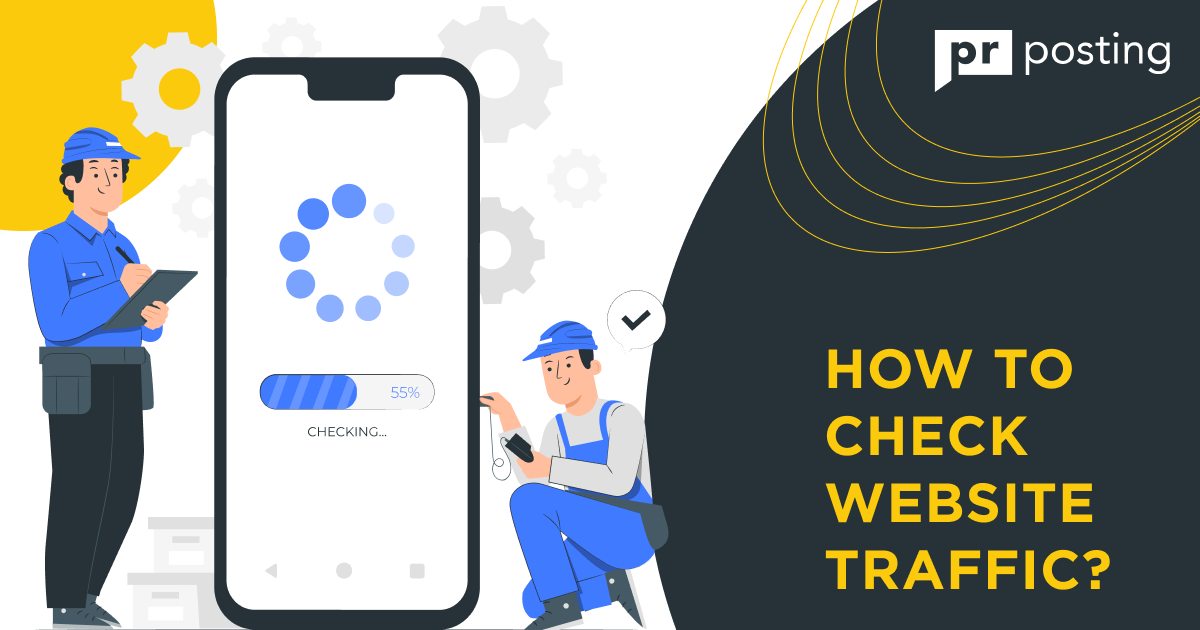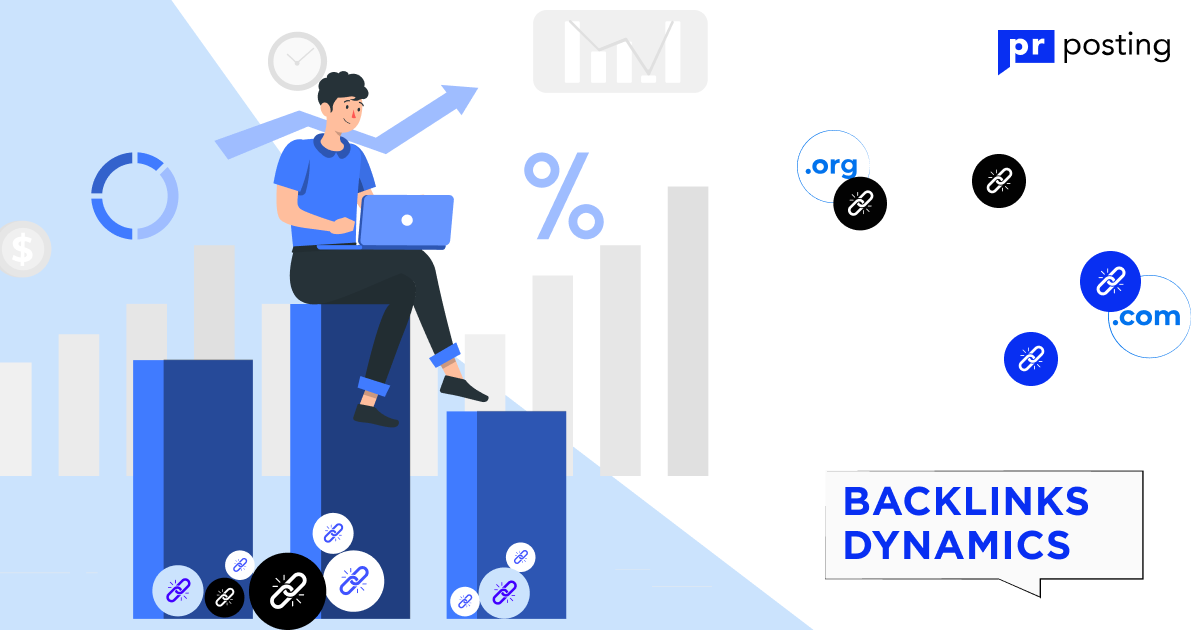Cache Checker Tools to Get the Latest Data

Not all webmasters spend time analyzing a cache, but you should perform this task regularly to keep the situation in search results under control.
1. What Is Google Cache?
Google Cache is a search engine tool storing copies of projects’ web pages crawled by the search engine. It’s a sort of vast database that every website owner can use.
Google caches pages for a variety of purposes, but the primary objective is to allow users to view content even if the website fails to load for some reason.
Let’s imagine that a student is writing a thesis and, looking for sources, finds the necessary electronic version of an archive in search results. They click on the website and see the content loading error.
To solve this problem, you can use Web Archive, but not everyone knows about it and can use the service. But it is very easy to make a few clicks on the search results page.
You can use Google’s default capabilities and solve the task rather than copying the page URL, hoping to find the offline version through various checkers.
1.1. What does it mean for Google?
Users often do not understand the practical importance of cached pages for Google. They do not even know which link to click to view the cache and whether to use external tools.
It’s fair to say that search engine users rarely need to view the cached version of a page. And Google Cache checker tools are mostly used by website owners and SEO specialists.
For Google, the need to support content caching is driven by the fact that search engine crawlers can compare the content structure of online and offline versions of a page at any time.
If the content has changed, it will be noticeable. Then, search algorithms will analyze the difference and understand how the page has changed. This helps the search engine quickly detect changes and keep the situation under control.
It is important to understand that not every page has a cached version. The world’s main search engine has many resources, but they also have a limit. Google uses a filter that determines the need for cache storage.
For example, when a website does not respond to the search engine’s crawler requests for several weeks, the pages are eventually de-indexed. Afterward, their cached versions disappear as well.
2. How to Check the Website Cache?
You do not need to use complex SEO tools to check the page cache. Basic features available in search results are mostly sufficient.
An external website cache checker cannot provide more data. It is also essential to see how exactly Google crawlers scan content on a page and form the structure of its offline versions.
You can check the cache as follows:
- Find the page in search results by using operators or typing in the query for which the website is ranked.
- Click on the icon with three dots.
- Tap the Cached button.
- View the full version or switch to text display mode.
In the screenshot above, you can see that the cached version of the page is exactly the same as the original. It means that search crawlers have no problems checking content.
Viewing the basic cached version of a page is enough for simple tasks. But you can use external tools or spend more time analyzing the information if more data are needed.
The cached version of pages is periodically updated, so if you want to view changes in content structure according to Google, cache analysis will completely solve the task.
3. Google Cache Checker Tools
When webmasters ask how to check a website cache, they mostly get the same answer — use organic search. But you can use alternatives if this option is not suitable for some reason.
You can use several ways to check the cache depending on the tasks. They differ in the approach to data analysis and the tools involved.
3.1. Google Search Console
GSC reflects the effectiveness of project promotion in organic search results. With the help of reports, you can discover how many conversions the website receives per day, view queries that bring the maximum amount of traffic, and record the speed of indexing.
It is impossible to view cached versions of pages in Search Console, but you can see the problems that search engines encounter when analyzing content. To do this, proceed to the report on mobile usability.
If crawlers can’t see styles or parts of the website, you can see it in the snapshot. Thanks to this feature, you can find the problem and fix it promptly. Then, it will cause minimal damage to ranking in organic search results.
3.2. SEO Magnifier
It is a free tool that can check the cache creation date in bulk. If a webmaster wants to quickly view data on 10-20 URLs, the service will help solve the task.
Webmasters with any level of knowledge can take advantage of the tool. All they need to do is open the website, add URLs to a special field, and wait for the report to be generated. After finishing crawling, you can see the date when the cached version was created.
3.3. Web Cache Viewer
This Google cache checker tool is designed as a plugin for Chrome. After installation, two new features will appear in the popup menu. You can go to a cached page or view a snapshot in Web Archive.
The plugin has a smart content analysis feature called Wayback Machine, which directs the user to the archived page version rather than the snapshot map. This saves time.
There are many other tools for dealing with cached versions of pages in the official Google Chrome repository, but this one is the most popular. However, you can easily find an alternative if you wish.
4. Main Features
When analyzing the cache, beginners in SEO may think that tools providing access to offline versions of pages contain a minimal amount of useful information. But if you look into the matter in detail, you can see it is not the case.
The cache gives the webmaster an opportunity to look at their project through the eyes of Google’s crawlers. If they do not see pieces of a structure, the website may not get the highest possible ranking, so the problem must be solved.
If you do not want to use external services or spend time switching to the cache from SERPs, you can solve the problem even more easily. You need to install Google Chrome and enter the command cache:site.com into the address bar.
After that, the user will automatically get to the cached page and gain access to useful data, which will be helpful during project promotion. The operation takes a few seconds if the browser is used as default.
4.1. Date and time of the Google crawler visit
The date and time of the Google crawler visit show when they crawled the page content last time. If the cache is updated daily, you can conclude that the project is of interest to the search engine.
You should periodically review the date and time of the last crawl to keep track of crawler activity. You can also watch a log of visits stored on a web server of your hosting service and monitor the activity of Googlebot.
4.2. Detailed cache report
Webmasters often look for an in-depth cache report, but it is not available in Search Console. External services do not provide it either, so there is no point in wasting time looking for such reports.
If there is no cached version of a page in Google and Web Archive, the problem probably resides in the website age. This situation is standard for projects that are just starting development and have no content.
Also, the cache can be absent because pages contain JS code. Google caches them, but the images often show empty spaces. You should wait for the next crawler visit if there is a white canvas instead of content.
If necessary, you can call Google crawlers using the page recrawl feature available in Search Console. The speed of the crawler visit depends on the workload of the servers.
5. Why Use Google Cache Checker?
When webmasters learn how to check the cache in Google, they often ask why they should waste their time analyzing these data. They are also annoyed by the limited features of services offering to view cached versions of pages.
There’s no need to spend 2-3 hours every day viewing the cache, but it is useful to periodically analyze the data because you can detect problems in time. Remember that users may see content differently.
5.1. Analyze competitor websites
Competitor analysis helps to control the situation in organic search results. Regular viewing of cached versions of pages allows you to understand how often Google visits the competitor’s website.
If crawlers regularly update the snapshots, this may indicate an advantage in the speed of indexing. In this case, it is important to analyze the project’s promotion strategy and make appropriate conclusions.
5.2. Check the frequency of website indexing
According to the frequency of website indexing, you can understand what value it has for the search engine. If the project publishes dozens of new pages every day, and they get in search results with a great delay, you need to fix it.
This is especially true if the problem concerns a project with situational content that quickly loses relevance. Then, the low indexing speed is a serious obstacle on the way to organic traffic.
5.3. Search for errors in content
With the help of offline page versions, you can see what kinds of problems Google crawlers encounter when they crawl the content. For example, if they can’t see images or tables, you need to address this issue. Most crawling problems are associated with denying access to CSS files and JS code. It is necessary to allow crawlers to scan these files and check how the structure of cached pages changes.
5.4. Check cached data
Regularly checking the cached version of a page helps to find critical problems and weaknesses affecting search engine crawlers’ access to content. Sometimes, webmasters discover them only a few months after they occur.
You cannot completely rely only on the cache date, as Google encounters technical problems with crawling. Then, the cache can be updated with a huge delay.
6. Why Is Cached Information Useful?
The main benefit of cached data for users is the opportunity to access content even if a website is unavailable due to a technical malfunction of its web server.
Also, some websites are sometimes blocked in certain countries due to legal restrictions. Then, the offline version of the page will help to view the information without installing a VPN. It will serve basic tasks.
But there are also non-standard cases when the cache really saves website owners. For example, webmasters sometimes have to piece content together after losing all backups. Such situations seem impossible, but they occur from time to time.
6.1. Serial number
It is not possible to find out the total number of website pages successfully added to the cache by Google crawlers, but with the help of the “site” operator, you can see the number of indexed URLs.
Not every indexed page gets in the cache by default, but, as a rule, this formula works. If an error occurs when you go to the offline version, you can ask to recrawl the page and monitor the result.
6.2. Page URLs
Not all webmasters know how to check the cache in Google Chrome using other browsers. For example, when Google is a default search engine in Firefox, the Cache operator also works properly.
You can index pages in SERPs, copy the desired URL, and view the cache with the help of external services or an appropriate operator. This procedure takes no more than 2-3 seconds.
6.3. Cache URLs
Experienced webmasters know a quick way to check the offline version of a page. To do this, enter the command webcache.googleusercontent.com/search?q=cache:site.com into the address bar.
If the cached version of the page is saved on Google’s servers, a local copy will be displayed. If not, the user will see an error and will be able to continue the search.
6.4. Date of page change
When viewing a cached page, you can see the date and time of the snapshot, but there is a warning next to it that the content may have already changed. If it is an authoritative project, the cache may be updated several times a day.
You should pay attention to the date of page change if you need to send it for re-indexing. Then, you can find out whether the Google crawler visited the given URL by using the data at the top of the offline page.
6.5. Status
When promoting websites, you should monitor the situation in search results. If the status of indexing remains unchanged for several weeks, it may indicate the presence of a filter. But there is no problem if the bots regularly visit the pages and the cache creation date is updated.
Some webmasters pay attention to indexing analysis and the pace of cache updates, and it’s a correct approach. Each detail is important, and if you do not keep track of them, you can miss an advantage, and your competitors will have a chance to win the battle for the top positions in search results.
7. Why Is Google Cache Important for SEO?
There are many myths in the SEO niche, and one of them concerns the cache. Some people believe that the frequency of caching shows how the search engine evaluates the quality of a website. Supposedly, if the date of offline version formation changes several times a day, it indicates high authority.
There is no point in looking for a correlation between caching rates and visibility in organic search. Even if this factor is taken into account by algorithms, it plays a minor role. For example, quality link mass will be far more beneficial.
It is difficult to build links to authoritative projects, but there is a way to speed up this task. To do this, you need to sign up for the PRPosting service, create a donor list, and consistently publish sponsored content on them.
If you look at the rate at which cached versions of niche leading pages are updated, it becomes clear that crawlers regularly crawl the content and update the structure based on data obtained.
An in-depth competitor analysis shows not only the bounce rate or link mass but also the rate of indexing. All sorts of SEO services help with this.
In fact, the rate of cached version updating does not critically affect the ranking. Therefore, you should analyze this information only in conjunction with more essential metrics.
8. Conclusions
Not all website owners know how to check the website cache in Google Chrome, but it’s not hard to learn. You can even avoid installing the company’s browser and choose Google as a default search engine.
The cache can be very helpful in some cases, but offline versions of pages usually serve only an exploratory function, so you don’t need to analyze the date of cache updates every day.
FAQ
It is a tool that provides information about cached versions of pages. The features of such services are roughly the same, but some platforms support checking URLs in bulk.
Yes, to see how Google crawlers recognize the content structure. This way, you can notice problems with crawling.
To do this, enter the command cache:site.com in the address bar. The browser will automatically direct the user to the cached version of the URL.
More Like This

How to Check Website Traffic?






